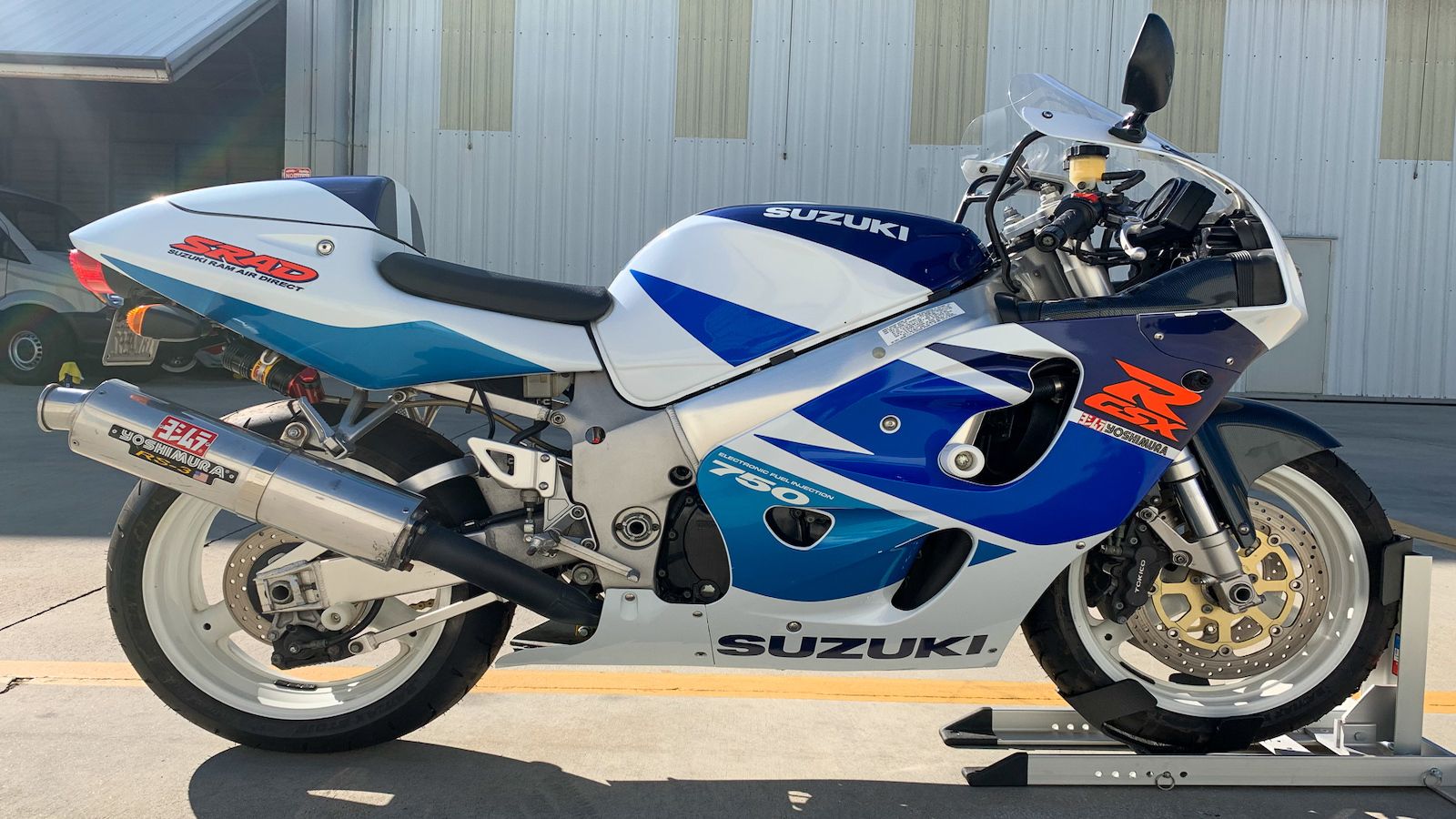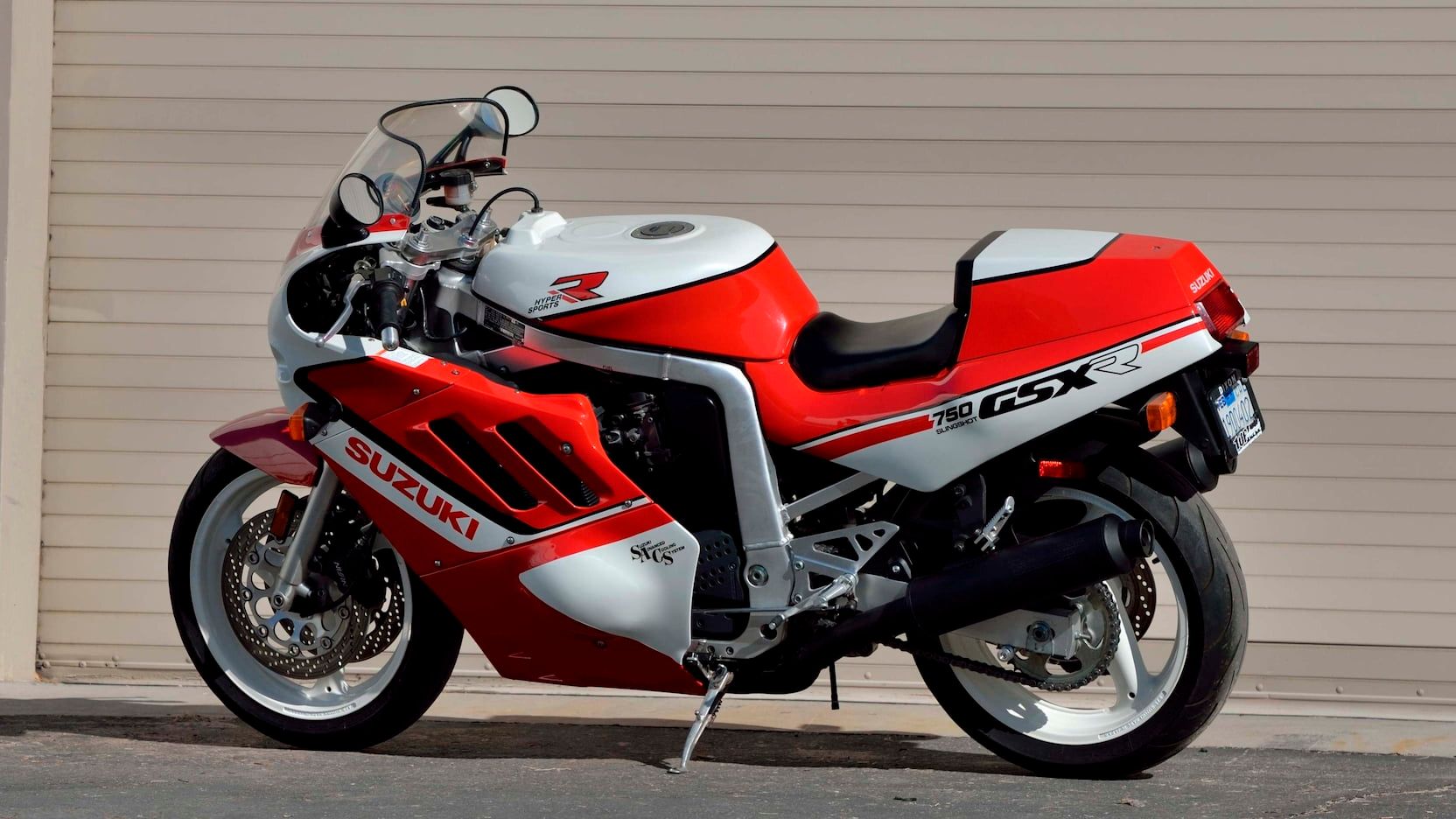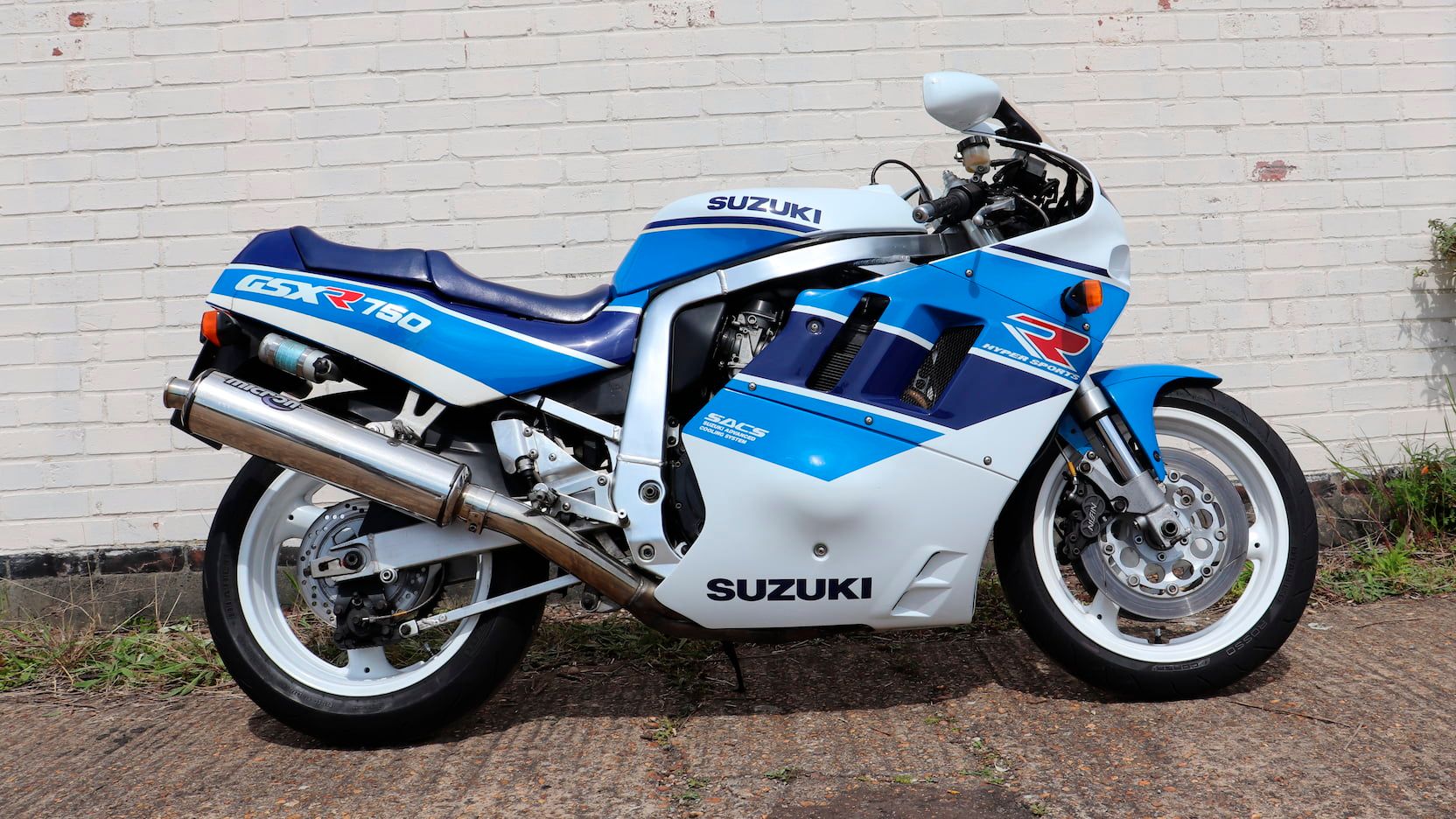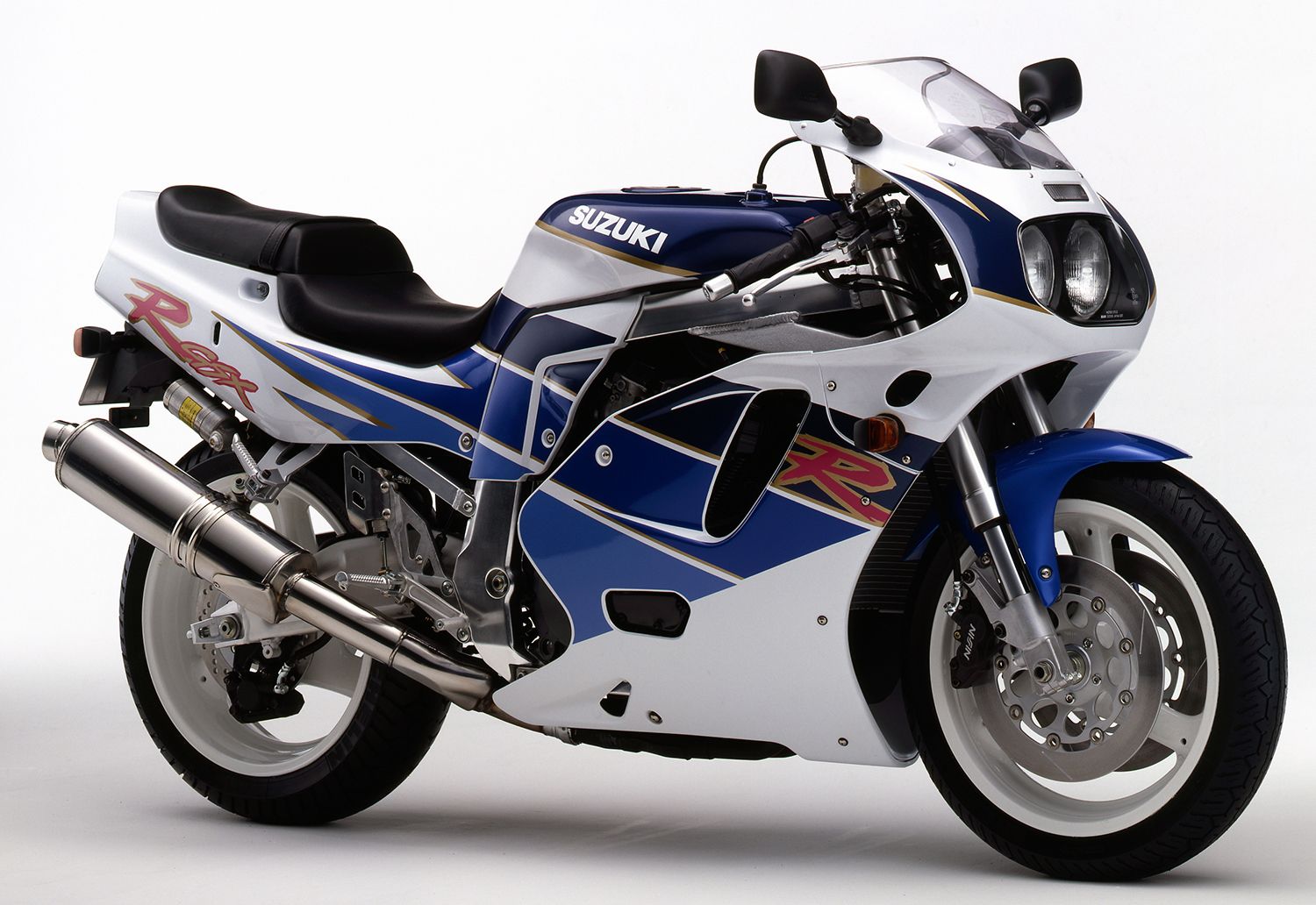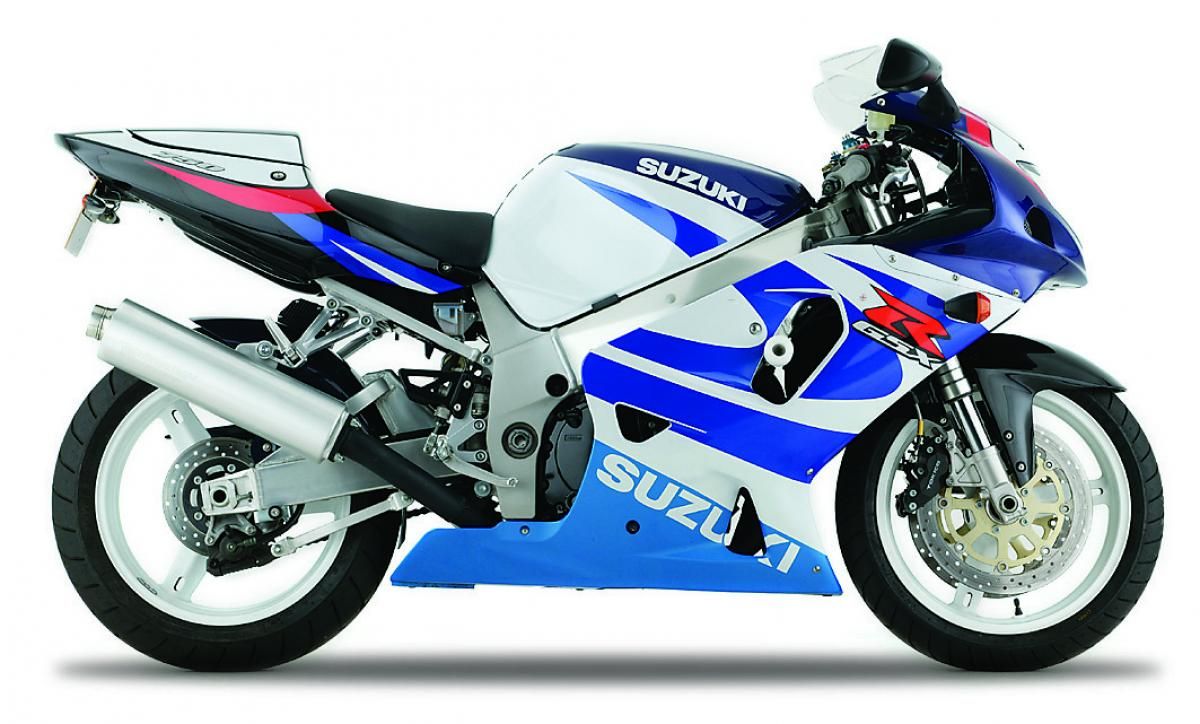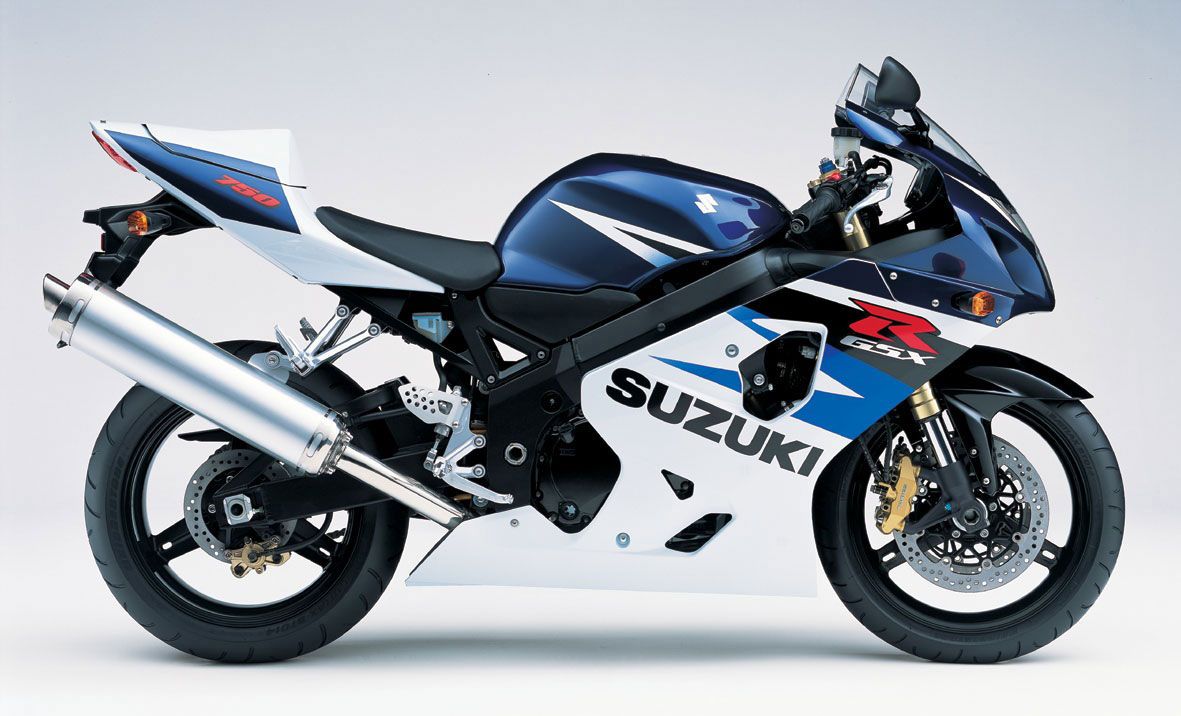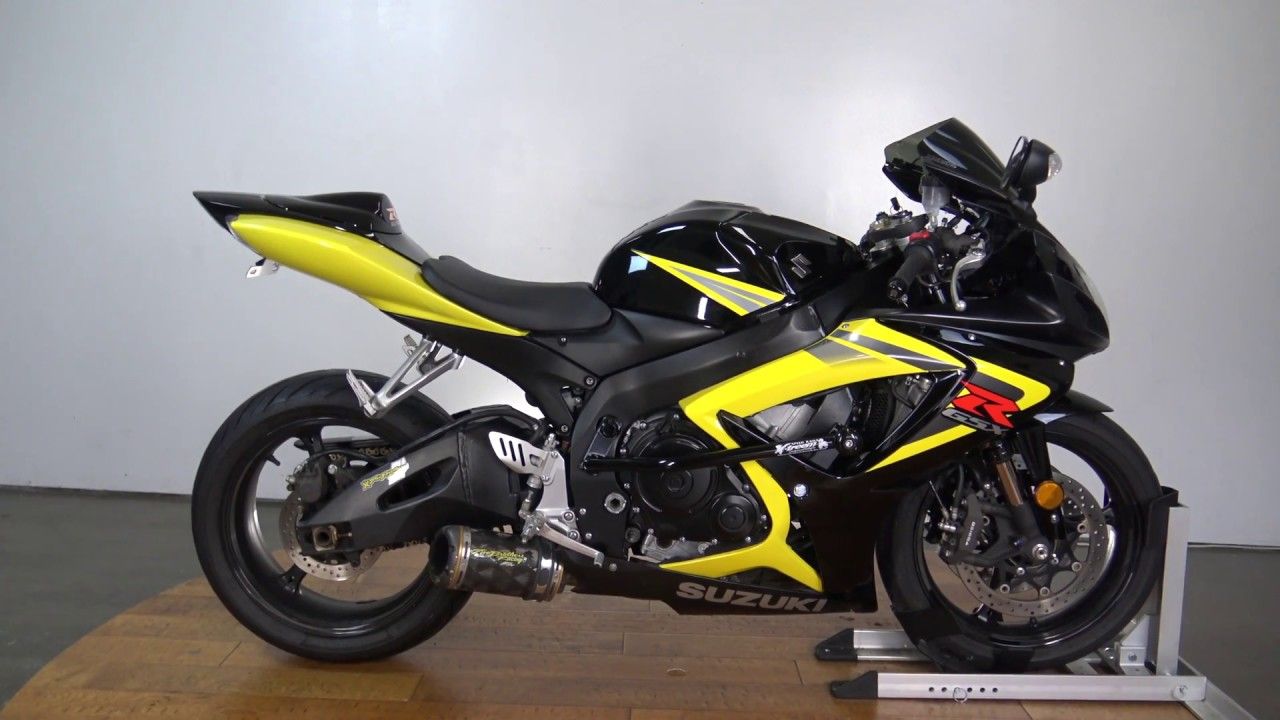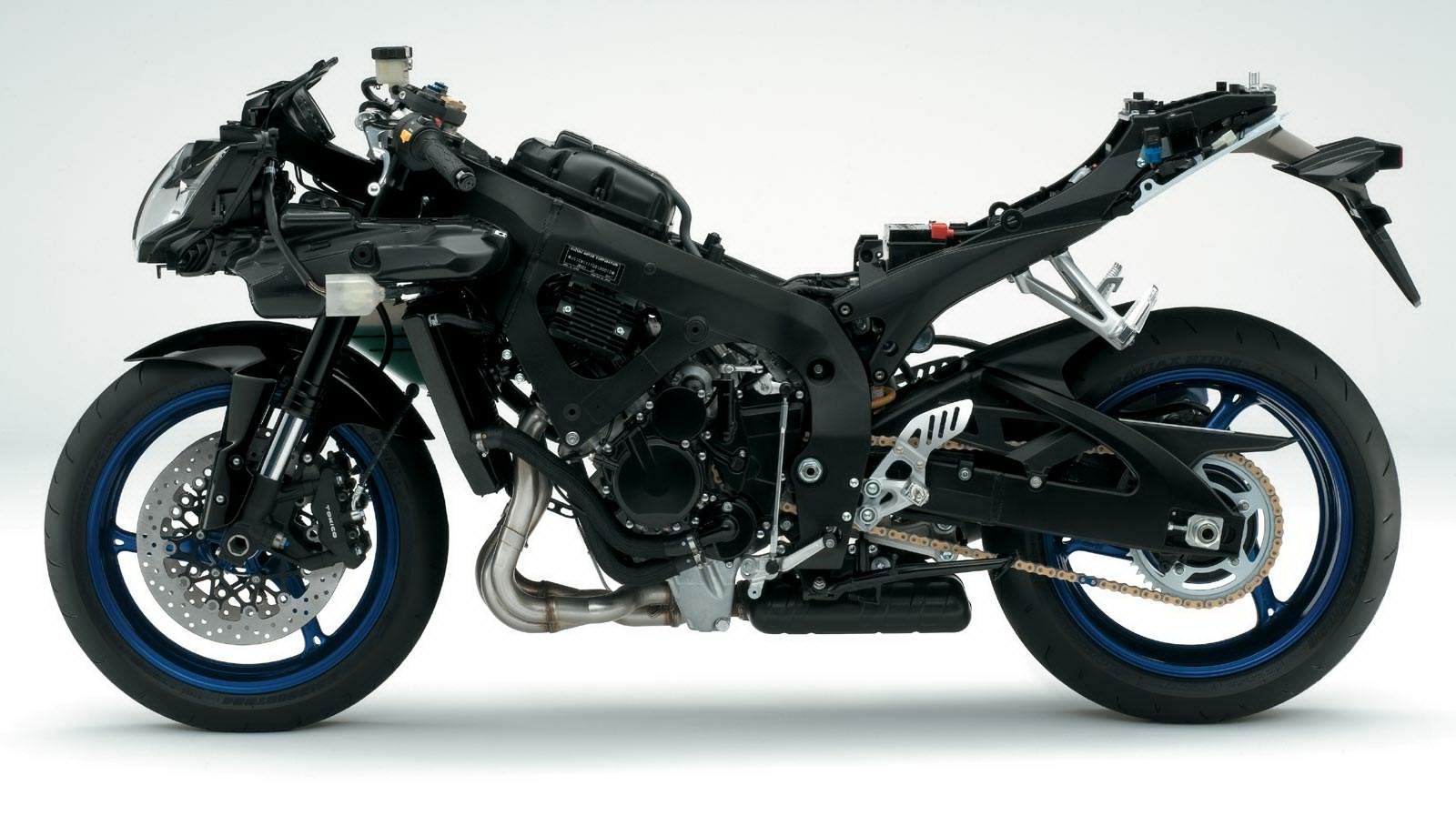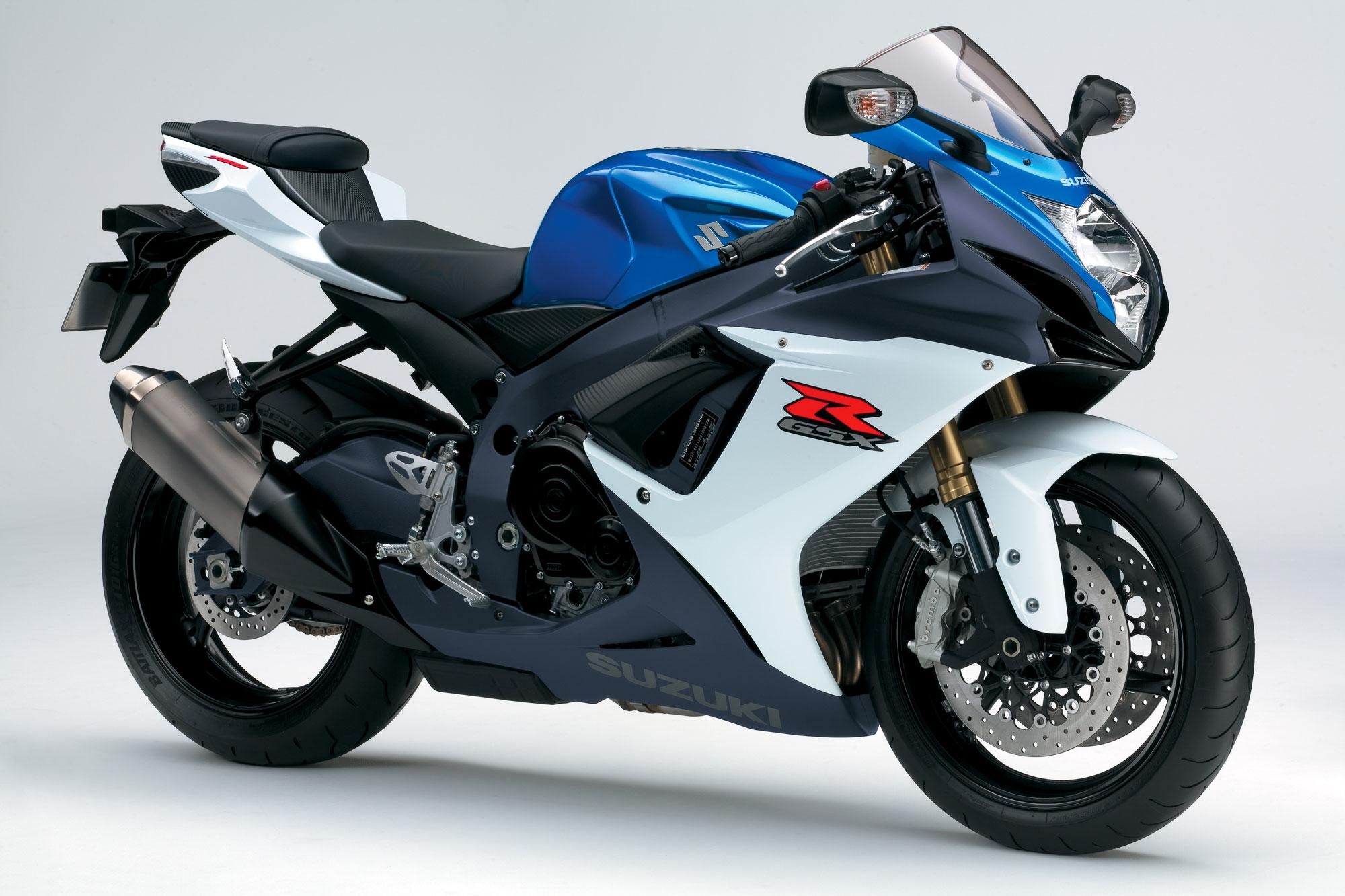For a particular model to remain in production in largely the same form for over 30 years is virtually unique in modern motorcycling. Introduced in 1985, the Suzuki GSX-R750 has undergone hundreds of detail changes but the essential and underlying concept remains exactly the same in 2023 as it was at the beginning: 750cc four-cylinder engine, light, compact, powerful and nimble.
Since 2011, Suzuki has largely left the GSX-R750 alone, causing it to look increasingly old-fashioned in the face of rival models with huge and complex electronics packages, but for those who enjoy an undiluted connection between rider and motorcycle, while still retaining class-equaling dynamics, the GSX-R750 is the purest sport bike available on the market today.
10 1985 Suzuki GSX-R750F
It might be a common concept today but, back in 1985, the ‘race-replica’ street motorcycle was unheard of. Until Suzuki dreamed up the GSX-R750, that is. Commonly referred to as the ‘Slab Side,’ due to the flat, slab-like appearance of the rear bodywork, the GSX-R750 was a street-legal replica of the GS1000R racing motorcycle. Magnesium was employed to keep the weight down to under 400 pounds and the chassis further added to the weight reduction, being an aluminum double cradle frame.
Not wanting to add weight by making the engine fully water-cooled, the 749cc inline four-cylinder engine used a combination of oil and air cooling, and it pushed out 100 horsepower and 54 foot pounds of torque for a top speed of 145mph. It gained an immediate reputation as the bike to have for production race series as well as beating your friends on a Sunday morning blast. The original and best, and now, very collectible.
9 1988 Suzuki GSX-R750J ‘Slingshot’
Four years and two interim versions - the GSX-R750G and H with detail differences - down the line, comes the first major revision. The ‘Slingshot’ name comes from the Mikuni carburetors: the slide cross-section resembled the shape of a slingshot. The engine was a new short-stroke unit, producing 112 horsepower.
The suspension was uprated - with larger diameter forks - as were the brakes, wheels and styling, with twin rear mufflers and new bodywork, adding subtle curves to the rear bodywork and so losing the slab-side look. More power and a stiffer frame but also more weight. Still a force to be reckoned with.
8 1990 Suzuki GSX-R750L
Constantly playing around with and developing the model, Suzuki returned the engine to the bore and stroke dimensions of the original ‘long-stroke’ unit as fitted to the first GSX-R750s. The first large-displacement Japanese motorcycle to be fitted with inverted (or ‘upside-down’) forks, there were also changes to the bodywork, brakes and chassis.
The exhaust reverted to a single muffler for the four-into-one exhaust and the rear tire remained a 17 inches diameter but got wider. Horsepower was up to 115, and while weight was down on immediately previous models, it was still up on the original by around 25 pounds. Regraded as the best of the air/oil-cooled models.
7 1992 Suzuki GSX-R750WN
First of the water-cooled GSX-R750s. The previous model, the ‘M’ had completely revised appearance, with a faired-in headlight and overall swoopier bodywork and the WN (‘W’ for ‘water-cooled’) continued this look. The engine was more compact and power output was up to 118 horsepower, produced 1,500rpm lower than with the last of the air/oil-cooled models. Continuous revisions to the suspension and brakes, and even though the frame was new, its double-cradle design was starting to look old-fashioned next to the large-section beam frames being used by the likes of Kawasaki.
6 1996 Suzuki GSX-R750T SRAD
The next milestone model and the first completely all-new model since the original. Drawing influence from Suzuki’s 500cc Grand Prix machinery as raced by Kevin Schwantz, the ’96 GSX-R750 featured - at last - a new aluminum twin-spar frame. The engine was also completely new: more compact and lighter with magnesium used for the cylinder head, starter motor and clutch covers. Using Suzuki Ram Air Direct (SRAD), power was up to 128 horsepower and weight, amazingly, was back to 1985 numbers, at 400 pounds. Suspension was fully adjustable and the GSX-R750 retained its reputation for superb handling.
5 2000 Suzuki GSX-R750Y
After fifteen years, Suzuki was still finding ways to improve the GSX-R750. Another complete re-design of chassis, bodywork and engine. The bodywork was much more aerodynamic, the engine was again more compact and was only the second GSX-R750 to feature fuel injection, while the chassis frame was lighter still and stiffer.
Wheels and brakes were both lighter to reduce unsprung weight and the swing arm was longer for more stable handling. Power was up to 140 horsepower and torque was up to 62.7 foot pounds. Weight was down to 380 pounds for the fastest and sharpest GSX-R750 to date.
4 2004 Suzuki GSX-R750 K4
‘K’ nomenclature had started in 2001, and by the K4 of 2004, Suzuki was refining the concept to ever more impressive levels. Now sharing a lot of chassis and bodywork components with baby brother the GSX-R600, first seen in 1998. Yet another new engine with lots of internal changes and now producing 147 horsepower and 64 foot pounds of torque. Thanks to the shared chassis and bodywork, weight is, incredibly, down even further to 359 pounds, which was the same as the GSX-R600, while having around 30 horsepower more!
3 2006 Suzuki GSX-R750 K6
In its 21st year of production, yet another slew of changes. The styling now apes that of the GSX-R1000 and the engine yet again is renewed, being lighter, more compact (with new stacked transmission to shorten the whole unit) and more powerful, with almost 150 horsepower, which at the time, was approaching liter bike numbers (the 2006 Honda CBR1000RR had 170 horsepower), and not long before, would have been equivalent to a liter bike, pushing along a still super-lightweight 359 pounds. Mass centralization coming into play with a stumpy exhaust muffler exiting just in front of the rear wheel. The time was coming when Suzuki would pretty much freeze development of the GSX-R750 but not just yet!
2 2008 Suzuki GSX-R750 K8
More styling revisions, mainly to the headlight treatment but the most important news was yet another ‘new’ engine, this time reverting to a short stroke, giving a red line of 15,000rpm, driving through a slipper clutch and now featuring three engine power modes. Power and torque remain about the same, as does weight, despite lighter wheels. Offsetting the weight savings in other areas was a larger, 4.5-gallon gas tank and larger, 320 mm front discs clamped by Tokico calipers.
1 2011 Suzuki GSX-R750L1
To date, the final development of the GSX-R750 line, and with the model currently only available in the U.S., likely to be the last, which is something we should all be sad about. The engine remained the same, although it boasted improved throttle response and a wider torque curve, and Showa suspension and Brembo brakes were added to the mix, alongside new bodywork and shedding a few pounds of weight.
As a final fling, it falls short of a complete re-design, which is understandable, but as a product of a simpler time in motorcycling, where chassis dynamics and performance were deemed more important than keeping up with its rivals in terms of electronic rider aids, it deserves its place in the pantheon of great motorcycles.

